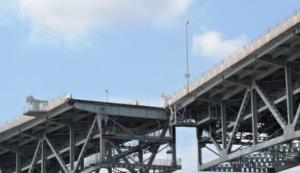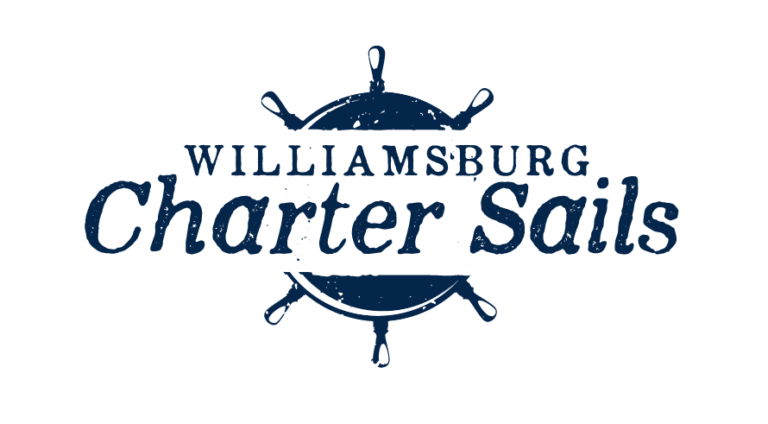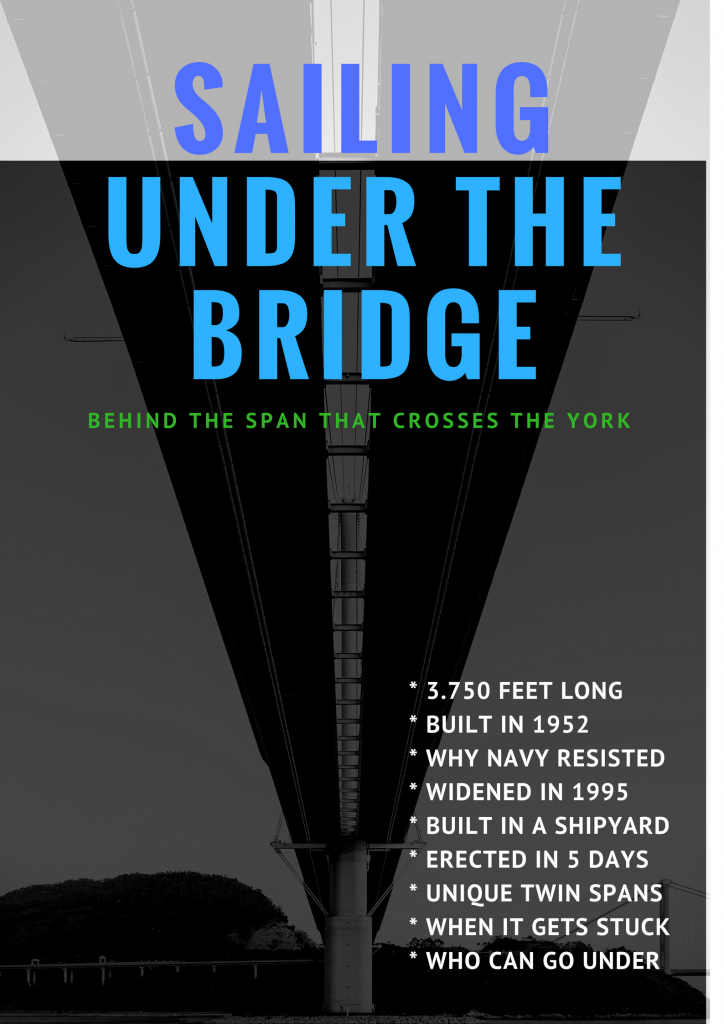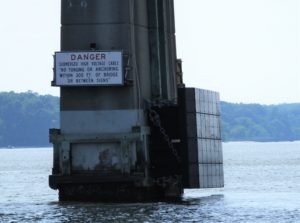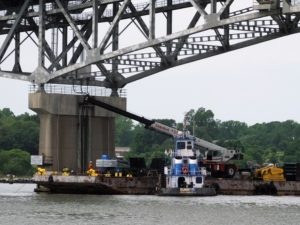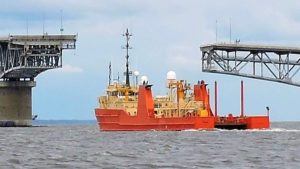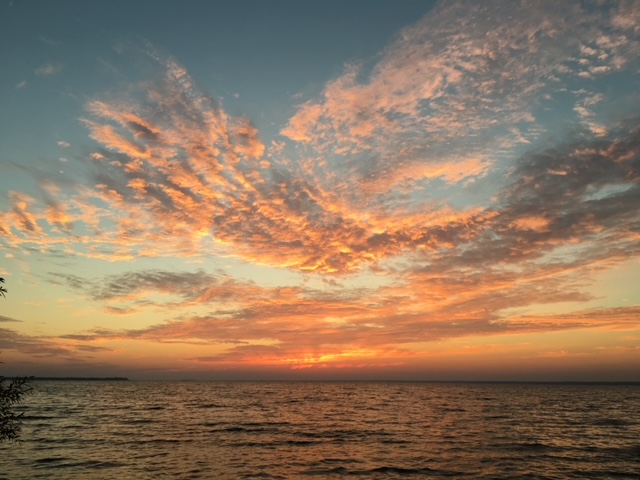Although it’s taken for granted by locals, the Coleman Bridge is a spectacular piece of engineering and a vital link between two regions of eastern Virginia. It’s an adventure to go sailing under the bridge.
 After the boom years of World War II, it became apparent the ferry from Yorktown to Gloucester Point would be insufficient to transit commuters and locals. The bridge was completed in 1952 and named for Virginia’s first highway commissioner, George P. Coleman.
After the boom years of World War II, it became apparent the ferry from Yorktown to Gloucester Point would be insufficient to transit commuters and locals. The bridge was completed in 1952 and named for Virginia’s first highway commissioner, George P. Coleman.
He was the prescient official who envisioned a dedicated and uniform system of roads that eventually became the Interstate system. He outlined the idea in 1910 and went on to serve on a national panel of state highway commissioners who devised the system as we know it today. President Eisenhower is credited as the father of the Interstate, but he missed two key meetings in the 1950s about the project and really had nothing to do with it. Franklin Roosevelt was more actively involved than any other President. Harry Truman once fished at Naval Weapons while he was President, but he did go sailing under the bridge. He motored and there was no bridge yet.
The US Navy opposed the bridge as effectively blockading access to the nearby Naval Weapons Station. The Pentagon worried that a traditional draw bridge would inevitably get stuck in an A-position and wouldn’t let ships pass. Instead, the Coleman was built as a swing-span bridge, with two spans to allow for two ships at once. It is the largest of its kind in the United States and second largest in the world. The bridge runs 3,750 feet.
The river froze over for the last time in 1952, making the new bridge quite timely. Ice breaker ships had to come in. Today, global warming has made the river warm enough to attract dolphins earlier in the summer and farther upriver. In 2019 we saw them for the first time on the north side of the bridge.
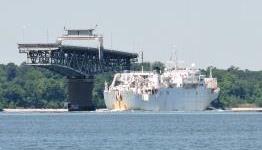
The next closest bridge is at the top of the river in West Point, two bridges actually. In the 1980s, politicians pushed for a third crossing, from Lightfoot or Croaker in James City to Almondsville. I interviewed retired Speaker of the House John Warren Cook for his views, since he also was the longtime publisher of the Gloucester-Mathews Gazette-Journal.
“Son, the engineers tell me that bridges still connect at the closest points of land. That hasn’t changed.” Sure enough, VDOT widened the Coleman to four lanes instead of building a third crossing. So today we go sailing under the bridge that is twice as wide and slightly higher, perhaps two feet.
Beat the deadline
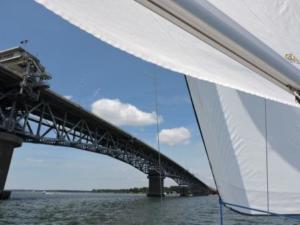 The widening was done in 1995 as a total rebuild, constructed at a Norfolk shipyard and ferried up the Bay on barges. The contractor was given ten days to tear down the old bridge and replace it. They did it in five.
The widening was done in 1995 as a total rebuild, constructed at a Norfolk shipyard and ferried up the Bay on barges. The contractor was given ten days to tear down the old bridge and replace it. They did it in five.
A retired Navy captain told me this very bridge is used at the Navy training center in Newport, Rhode Island, to simulate swing spans and swift currents. “The first few times you try it on the simulator, they make the current easy. Then they crank it up to 6 knots and you have to fight it.”
